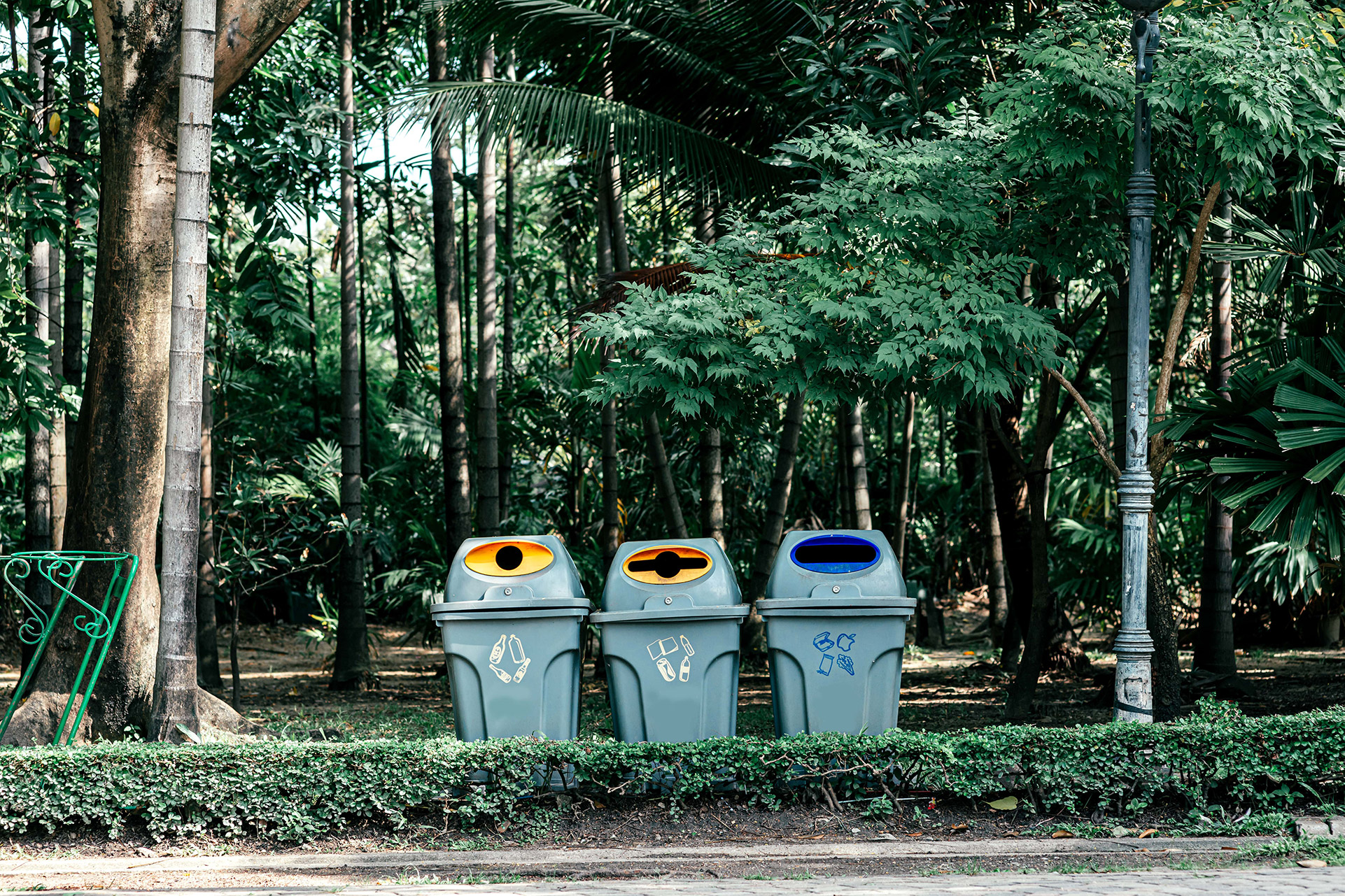According to NOAA, the National Oceanic and Atmospheric Administration, June 2021 recorded the highest temperatures for the continental U.S. July was the hottest month recorded on Earth in the last 150 years. British Columbia and Greece are on fire as you read this, and England is expected to be hit with scorching temperatures next month.
Sounds scary, right? Scientists have never seen this before, and Earth has never experienced this type of environmental stress in our lifetime. A heatwave at this intensity is new for all of us.
What is a heatwave?
Heatwaves are weather phenomena that record unusually high temperatures for a period of time. Such high temperatures are very dangerous, and depending on your location, can lead to life-threatening situations. When the atmospheric pressure increases, the air doesn’t flow as easily and traps in heat. Heatwaves are caused by both natural and from man-made climate change. Concerning climate change, the more exhaust and pollution that reaches the atmosphere, the higher the pressure gets, meaning higher temperatures will become more frequent.
Heatwaves are dangerous to both human health and the environment. To humans, high humidity and high temperatures impact the body’s self-cooling system. The body naturally sweats to regulate and cool itself down. However, when the outside temperature is too ‘wet’ or humid, sweat cannot evaporate, meaning the sweat produced cannot fully cool the body down, making it feel hotter. In extreme temperatures, this can be fatal.
For the environment, higher temperatures mean poorer air quality. Pollutants and chemicals thrive in hot temperatures and spread much easier during heat waves. Vegetation and forests become prone to fires, roads crack, infrastructure becomes weakened, and wildlife is impacted the same way we are. This increased stress on the environment throws off the natural balance of an ecosystem and poses a threat to most natural biological systems, which can lead to even bigger problems and natural disasters.
This is what we can expect going forward. The latest IPCC UN Climate Crisis Report shows that the next few years are going to be just as hot. If large corporations and high polluter countries do not commit to reducing emissions and eliminate the burning of fossil fuels, our atmosphere will continue to be clouded, and temperatures will continue to get hotter. This may become our new reality.
If emissions continue, we will see another 2-degree Celsius rise in temperature by the year 2035. This doesn’t sound like a lot, but it will be detrimental to wildlife, crops, and marine environments. Ice sheets will melt, causing major flooding around the globe. Natural disasters will become more frequent and more intense. The air quality will become so bad, you may have difficulty just going for a walking.
The planet is changing, and we need to acknowledge what is coming our way over the next few decades. Educating yourself and others is one of the best ways to spread awareness of how to prevent or not prolong major environmental disasters.
If you would like to stay informed, learn about the current global heatwave and other climate change news, read InsideClimateNews.org. In addition, the Center for Climate and Energy Solutions has many useful resources to learn about what is going on around the world. It’s a great tool for awareness on how to reduce your carbon footprint and help cool down the planet.










